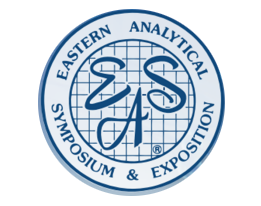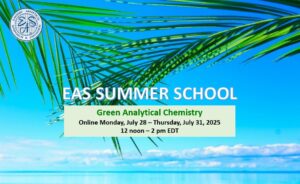One-Day Course
Tuesday, November 14; 8:30am – 5:00pm
Dr. Perry G. Wang, LC-MS Technical Expert, College Park, MD
COURSE DESCRIPTION
“Guidance for Industry/Bioanalytical Method Validation” represents the Food and Drug Administration’s current thinking on this topic and was published in May 2001. Since then, almost all regulated bioanalytical methods have been validated based on the guidance even though it does not create or confer any rights for or on any person and does not operate to bind FDA or the public.
In September 2013, FDA published a draft guidance, which provides general recommendations for bioanalytical method validation using advanced technologies including LC-MS/MS. The content of the original guidance issued in 2001 was revised to reflect advances in science and technology related to validating bioanalytical methods.
This one-day short course will focus on the GLP regulations and bioanalytical method validation for drugs and metabolites in biological matrices using LC-MS/MS. It will help audiences to comply with FDA’s regulations for drug discovery and development in the pharmaceutical industry and CROs. The short course will also reflect the contents of the updated guidance and recently published white papers with regard to bioanalytical method validation using LC-MS/MS. International harmonization of bioanalytical method validation guidance will be discussed.
WHO SHOULD ATTEND
This one-day course will benefit chemists who use LC-MS/MS in GLP-regulated labs, lab supervisors, QA managers and personnel, GLP auditors and CRO consultants, who need a fundamental understanding of GLP regulations and guidance. This course is also useful to all levels of management as a refresher course to stay current with the GLP regulations.
TOPICS
1. Introduction
* Food, Drug, and Cosmetic Act (FDC)
* History of the FDA and its role
* Good Manufacturing Practice (GMP)
* Good Laboratory Practice (GLP)
2. Good Laboratory Practice (GLP)
* History of GLP regulations
* Specifications of GLP-type work
* The key requirements for GLP-type work
* GLP requirements for personnel
* GLP requirements for study director and QAU
* Facility and equipment requirements
* GLP inspection & enforcement
* Form 483 and warning letters
* What does the FDA expect to validate a bioanalytical method using LC-MS/MS?
3. Bioanalytical Method Validation by LC-MS/MS
* Study set-up and background information
* Reference standards
* Internal standard requirements and selection for LC-MS/MS
* Method development
– Selection of MS ionization and modes
– MS tune
– MS transition selection
– MS parameter optimization
– LC conditions (mode, column, and mobile phase)
– Sample preparation (protein precipitation, liquid-liquid extraction, and solid phase extraction)
* When and how to conduct full validation, partial validation and cross validation
* Validation plan/protocol
* LC-MS/MS qualification: installation qualification (IQ), operational qualification (OQ), and performance qualification (PQ)
* Reference standards
* Internal standard selection for LC-MS/MS
* Calibration curve fitting and QC samples – accuracy and precision requirements
* Weighing factor selection
* Sensitivity
* Selectivity
* Matrix effects – ion suppression and enhancement
* Matrix factors
* Recovery study
* Stability requirements
– Stock solution stability
– Working stock solution stability
– Post-preparative stability: autosampler stability and extraction stability
– Long-term storage stability
– Freeze/thaw stability
* Chromatographic re-integration
* Carry over and contamination
* Incurred sample reanalysis
* Investigations
* Project logistics: pre-clinical studies vs. clinical studies
* Validation document and archive
4. Challenges to LC-MS/MS and Validation
* How to minimize matrix effects
* How to determine LLOQ
* How to deal with urine samples
* How to improve the throughput
5. Case Study and White Paper Discussion
* Validation bottleneck or challenges
* How to harmonize the various global bioanalytical guidance documents
ABOUT THE INSTRUCTOR
Dr. Perry G. Wang is a research chemist in the Office of Regulatory Science, CFSAN, the US Food and Drug Administration (US FDA). Prior to joining the FDA, Dr. Wang worked in the pharmaceutical and medical-device industries. He received his Ph.D. degree at Oregon State University. His expertise in the pharmaceutical field focuses on high throughput drug analysis and validation by LC-MS/MS. His current research at the FDA includes developing analytical methods for chemical constituents and contaminants in cosmetics and personal care products by GC-MS/MS and LC-MS/MS.

